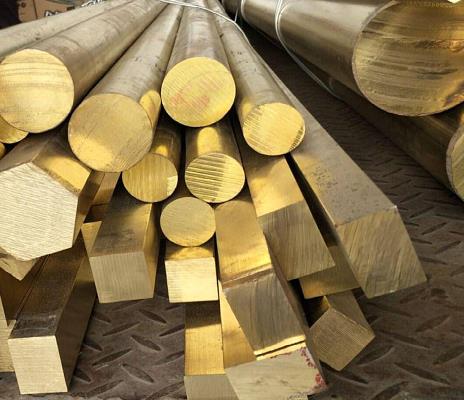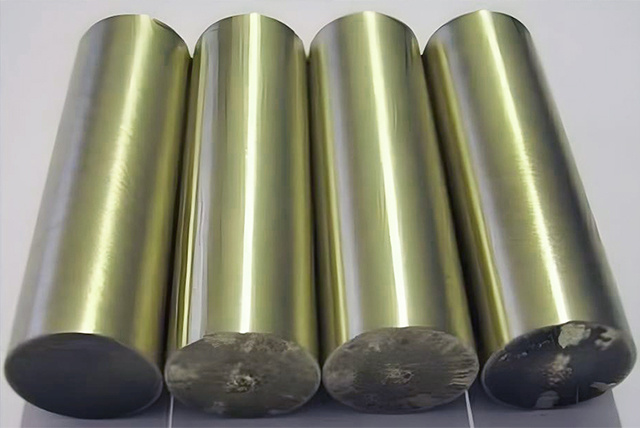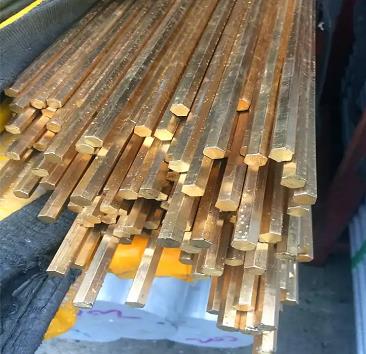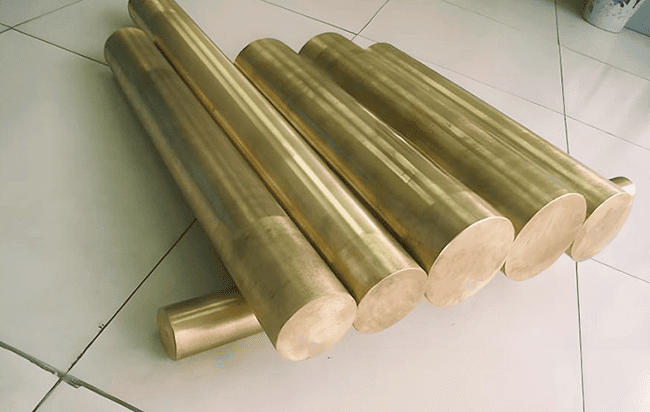How to clean beryllium copper
Detailed Explanation of Strategies for Removing and Preventing Oxide Layers on Beryllium-Copper Surfaces
At room temperature, a thin colored layer gradually forms on the surface of beryllium copper. After undergoing heat treatment (in a high-temperature environment), a more obvious oxide layer may appear on the surface. These oxide films can interfere with subsequent surface treatment processes, such as electroplating or welding. Therefore, maintaining a clean surface is of utmost importance. In this article, we will delve into the formation mechanism of oxide layers and their removal methods.

Formation Mechanism of Oxide Layers
During heat treatment, an oxide film forms on the surface of beryllium copper, which is mainly composed of oxidized beryllium and several copper oxides. Its composition and thickness are influenced by both the heat treatment temperature and the atmosphere. It is worth noting that since beryllium oxide is difficult to be reduced by hydrogen, it is very difficult to completely avoid the formation of oxide layers in actual heat treatment processes. By optimizing the heat treatment process, we can effectively simplify the subsequent cleaning work.
Influencing Factors and Challenges
In addition, the holding time and heat treatment atmosphere also have an impact on the thickness and composition of the oxide film. Under typical heat treatment conditions (such as holding at 600°F for 2 hours in an inert atmosphere), the thickness of the oxide film on C17200 alloy is approximately 300-800 A; while in the solution annealing condition (1450°F), the film layer thickness may reach 1000-2000 A. Since these oxide films must be completely removed before processes such as stamping, electroplating, and welding, we need to adopt appropriate treatment methods. Particularly, for thicker film layers composed of oxidized beryllium (such as those formed during solution annealing), we need to pre-treat them with hot, concentrated alkaline solutions to ensure their effective removal. Fortunately, most beryllium-copper manufacturers provide "oxide-free" materials after solution annealing, thanks to their professional equipment and knowledge.
Oxide Removal Methods
Nitric Acid System Cleaning
On the other hand, nitric acid system cleaning of beryllium-copper is also an option. This system is relatively inexpensive, but its reaction rate varies greatly. Samples of beryllium-copper treated with nitric acid have a smooth and bright surface. However, this system also has some drawbacks, such as generating harmful gases, difficult control of the reaction rate, and the need for special treatment of the waste liquid. To control the smoke, urea (1-2 ounces per gallon) can be added to the acid cleaning solution, but this will make the reaction control more complex. The reaction rate is affected by the concentration of acid/urea/copper ions and the temperature of the solution.
Sulfuric acid/hydrogen peroxide method
The sulfuric acid/hydrogen peroxide method for cleaning beryllium copper has the advantages of easy control, simple waste liquid treatment, mild acid washing of beryllium copper, and no harmful smoke generation. However, it should be noted that some sulfuric acid vapor may be present in the exhaust gas. This method is also known as "impregnation polishing" and can effectively improve surface smoothness. During this process, cold water rinsing should be used to control the reaction rate, and the concentration of hydrogen peroxide should be monitored to prevent the oxidation ability of the electrolyte from decreasing. In addition, by cooling to approximately 60°F and allowing CuSO4 ~ 5H2O to crystallize from the solution, dissolved copper can be effectively removed, achieving the indefinite reuse of the solvent.
Phosphate/Nitric Acid/Acetic Acid System
On the other hand, the phosphate/nitric acid/acetic acid (PNA) system is also an effective cleaning method. It can achieve polishing effects, and the surface after cleaning is usually smoother (Ra reduction) compared to before cleaning. Hot water rinsing yields better surface results than cold water rinsing. At 160°F, a concentration of 38% H3PO4/2% HNO3/60% acetic acid is an ideal choice for cleaning copper and beryllium. However, it should be noted that due to the presence of phosphate ions and copper ions, there may be issues with waste liquid treatment.
Mechanical Cleaning
Mechanical cleaning is a method of removing the oxide film on the surface of beryllium bronze by using a grinding agent. This method requires the use of some tools, such as a grinding machine and sandpaper.
1. Grinding. Attach the sandpaper to the grinding machine, then place the grinding machine on the surface of beryllium bronze, and perform grinding with uniform pressure until the oxide film is removed.
2. Cleaning. Use a clean cloth to wipe the surface of beryllium bronze clean, removing the grinding agent and residual oxide film.
In conclusion, beryllium copper alloy possesses excellent electroplating and welding properties. Through effective acid washing treatment, the oxide layer can be removed, thereby ensuring the quality of electroplating and welding.
# Tags:
-
clean beryllium copper





